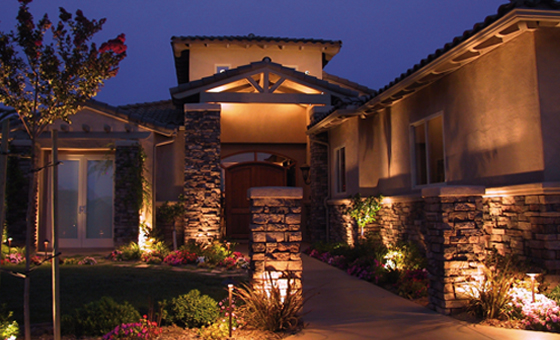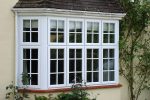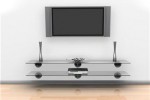As those with a taste for DIY will most likely already know by now, the garden represents a unique challenge when it comes to bringing the place to life with lighting. Right on the top of the scale you have those stunning masterpiece gardens which appear to have been extracted from the pages of fairy tales, while on the other you have those gardens lit up by one giant floodlight which in turn makes them look more like a sports field than a comfortable living space.

These days, the very best exterior designer lighting on the market has never been more readily available or affordable. Nevertheless, with so many different types of lighting to choose from and indeed the fact that all gardens are somewhat different, it can be tricky to know even where to get started. So in order to clear of just a few of the basics, what follows is a brief introductory FAQ covering some of the most important questions for newcomers looking to have a crack at outdoor lighting for their own properties:
What is the most important thing to consider when planning a garden lighting strategy?
In terms of setting the wheels in motion in the first place, the single most important step in the process is that of creating the plan. It is incredibly difficult to simply head out into the garden and begin randomly attempting to create something beautiful with no plan to work with. It may sound like a bit of a task and not the most exciting one either, but it can be made so much easier by splitting your garden up into several smaller zones or areas and tackling each individually. Think about what it is you intend to use each part of the garden for and your lighting plan will fall into place quite naturally. After all, if there’s any place that never gets used at all, it is one less area to worry about.
Are there any types of garden lighting that are best avoided?
Contrary to common belief, the overwhelming majority of solar lights created for external use are rather pathetic to say the least. This isn’t to say that there are no decent solar products on the market at all, but most of the mainstream solar lights created for use in gardens are really not very good. They may work to a degree, but the amount of light they produce is negligible and their usable life generally tends to be rather symbolic.
Is it true that LED lights are about as good as it gets these days?
In a word, yes, though this comes very much down to the quality of the products you buy and who you buy them from. If you were to invest in the cheapest LED lights from the gardening section of a supermarket, you really could not expect them to be as good as the highest quality lights on sale from a specialist supplier. In the best instances, these are the kinds of lights that use next to no power whatsoever and yet create a fantastic lighting effect in almost any colour imaginable. What’s more, they can be designed in a manner that is almost 100% weatherproof.
Is it better to choose garden lights that are wired into the mains or battery powered?
This all depends on how many lights you intend to install in your garden and the kind of energy you will need to supply in total. More often than not, battery powered garden lights are somewhat limited in terms of their performance and also on a long-term basis tend to be more expensive to run. Of course, there is the bonus of not having to connect them manually to the home’s electricity supply, but it is worth remembering that just as soon as you have connected your garden lighting system, that’s the last time you will ever have to worry about its power.
How can I make lighting my garden more affordable?
In terms of minimising costs, the most important rule is the rule mentioned a little earlier – as to work with a plan that takes one step at a time. On top of this, it is important to remember that the finish applied to the lights you choose will have a huge bearing on their price. Stainless steel finishes, copper, chrome and beautiful wood finishes may all be attractive, but you can often get exactly the same lighting effect from good quality powder coated aluminium light fittings. Above all avoid purchasing the cheap plastic lights.
And of course, it is a good idea to factor into the purchase process how much it is going to cost you to run the lights long-term as while some lights are much cheaper than others to buy, there’s a chance they may cost much more to run long-term meaning you would’ve been better off buying the more expensive lights in the first place.
Any specialist lighting supplier will be able to tell you how much your lighting system is likely to add to your annual electricity bill.























